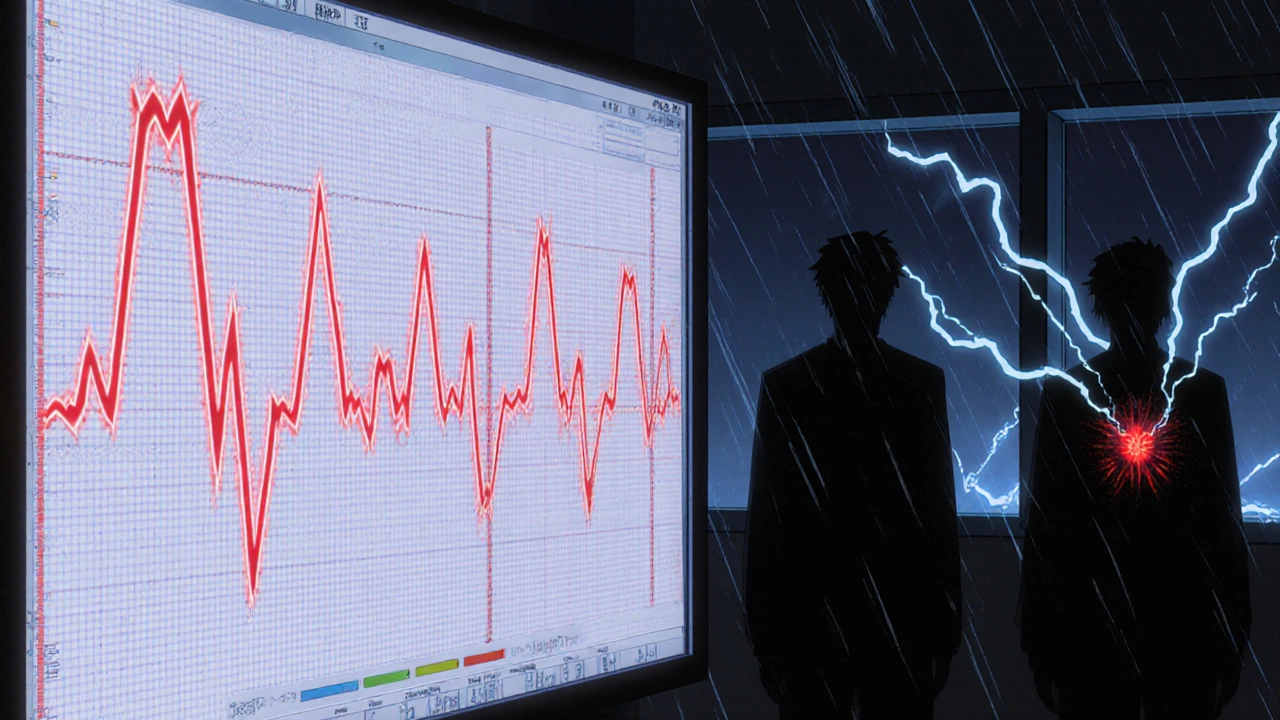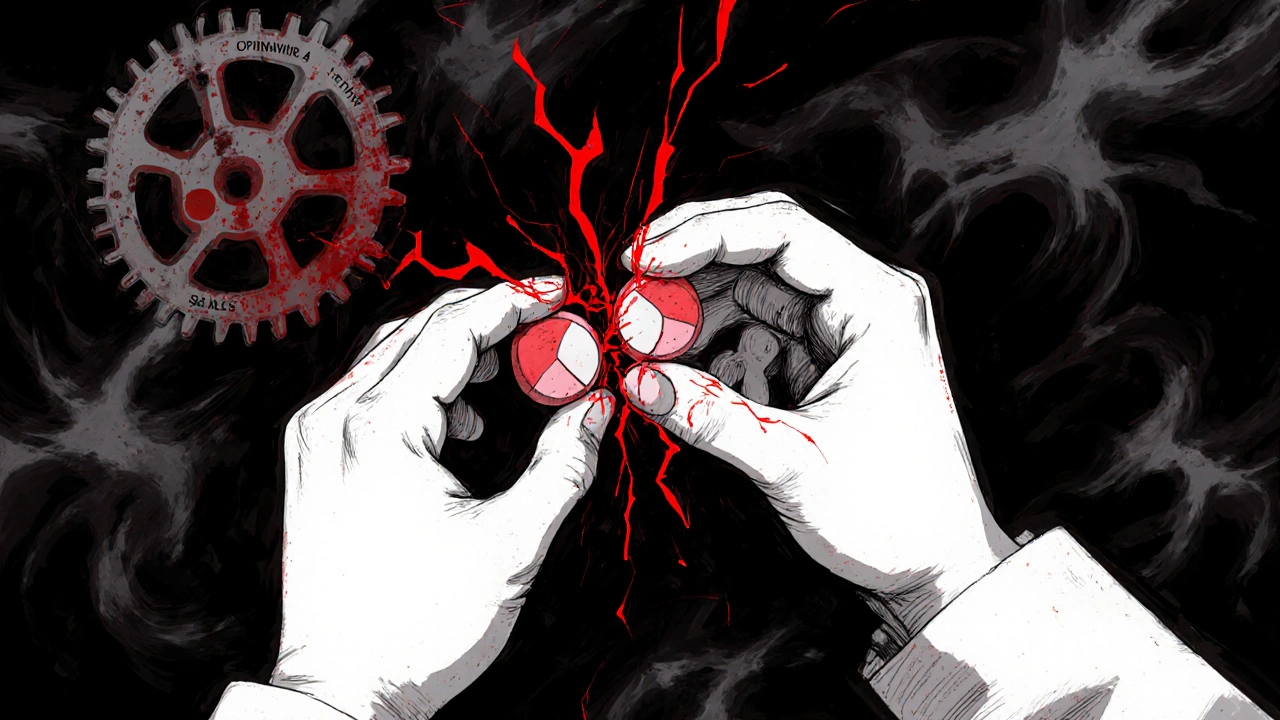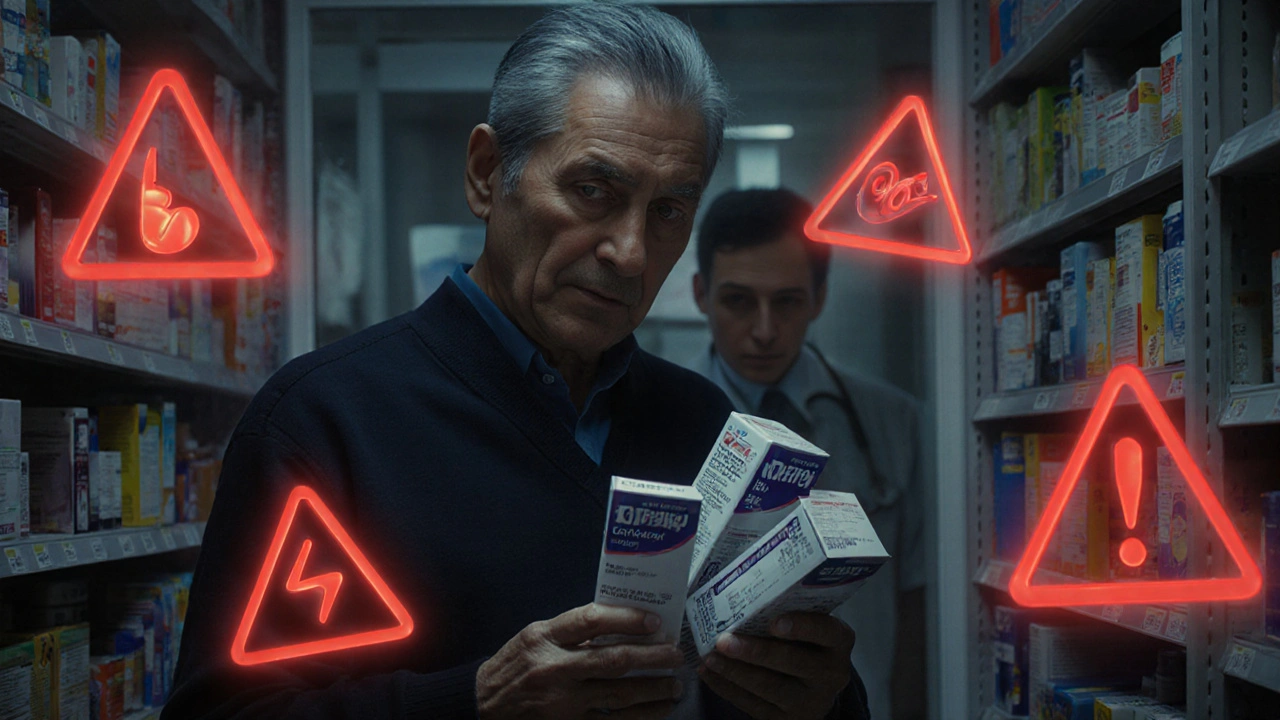Methadone can dangerously prolong the QT interval, increasing the risk of fatal heart rhythms - especially when taken with other QT-prolonging drugs. Learn who’s at risk, which medications to avoid, and how to stay safe.
Drug Interactions: What You Need to Know to Stay Safe
When you take more than one medication, your body doesn’t always handle them the way you expect. This is where drug interactions, happen when two or more drugs react in a way that changes how they work in your body. Also known as medication interactions, they can make a drug stronger, weaker, or cause unexpected side effects—even if you’re taking them exactly as prescribed. It’s not just about pills. Drug interactions can happen with over-the-counter meds, supplements, herbal products, and even some foods or drinks like grapefruit juice or alcohol.
Some of the most common problems show up with blood pressure drugs, antidepressants, and pain relievers. For example, mixing certain ARB medications, like losartan or azilsartan medoxomil, used to treat high blood pressure with potassium supplements can raise your potassium to dangerous levels. Or taking sertraline, an SSRI antidepressant with certain migraine meds can trigger serotonin syndrome—a rare but serious condition. Even something as simple as ranitidine, an old acid reflux drug now mostly pulled from shelves, could mess with how your body processes other medicines. These aren’t hypothetical risks. People end up in the ER every year because they didn’t know their meds were clashing.
It’s not just about what’s in your medicine cabinet. Your pharmacist, doctor, and even your diet play a role. Some drugs slow down how fast your liver breaks down others, making them build up in your system. Others speed things up, so the drug doesn’t work as long—or at all. That’s why switching from one blood pressure pill to another, like comparing Cozaar, a brand name for losartan, to a generic, isn’t always as simple as saving money. The active ingredient might be the same, but fillers or how it’s released can still affect how it behaves with other drugs you’re taking.
And it’s not just adults. Kids on liquid meds need extra care—using the wrong dosing syringe can lead to accidental overdose. Elderly patients on five or more meds are at the highest risk. Even something as routine as transferring a prescription between pharmacies can go wrong if labels aren’t updated correctly. That’s why reporting side effects to the FDA through MedWatch, the official system for tracking adverse drug reactions matters. Your report helps others avoid the same mistake.
What you’ll find here isn’t a list of scary warnings. It’s a practical guide to spotting red flags before they become emergencies. From how authorized generics compare to brand-name drugs to why some ED pills shouldn’t be mixed with heart meds, the posts below cover real situations real people face. You’ll learn how to read labels, ask the right questions, and work with your care team to keep your meds working safely—without guesswork.
Lopinavir/ritonavir boosting uses ritonavir to inhibit CYP3A4 and boost lopinavir levels, but this creates dangerous interactions with hundreds of common drugs. Learn how this HIV treatment can cause fatal side effects if interactions are missed.
OTC switches make medications more accessible, but they also increase risks like drug interactions and misdiagnosis. Learn how to use over-the-counter drugs safely and avoid common mistakes that can harm your health.



